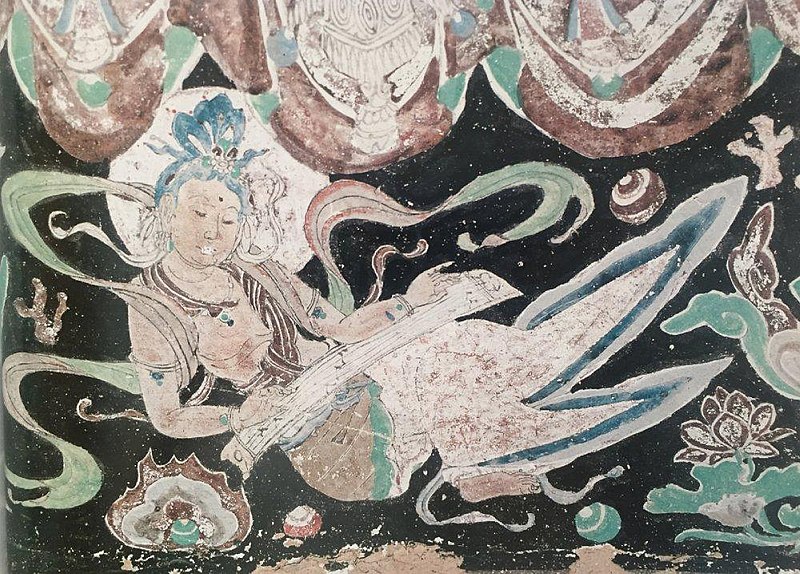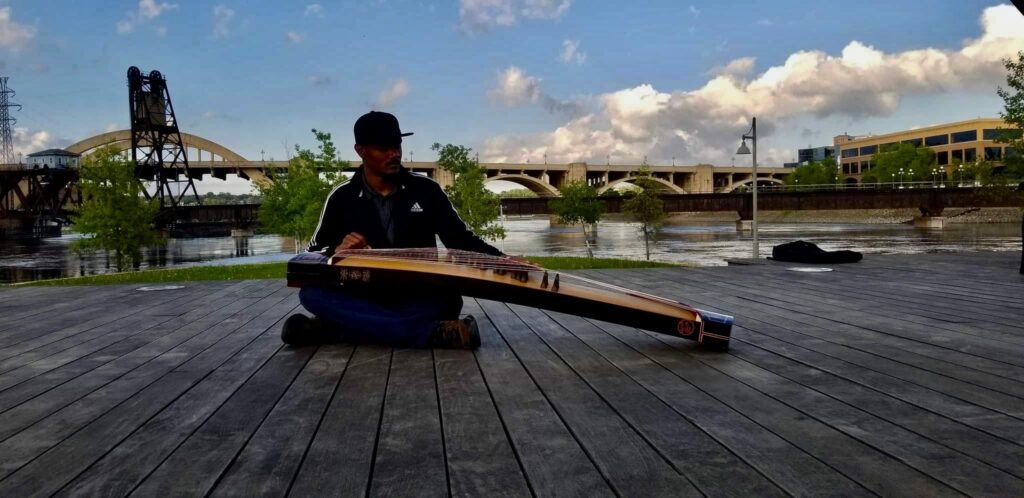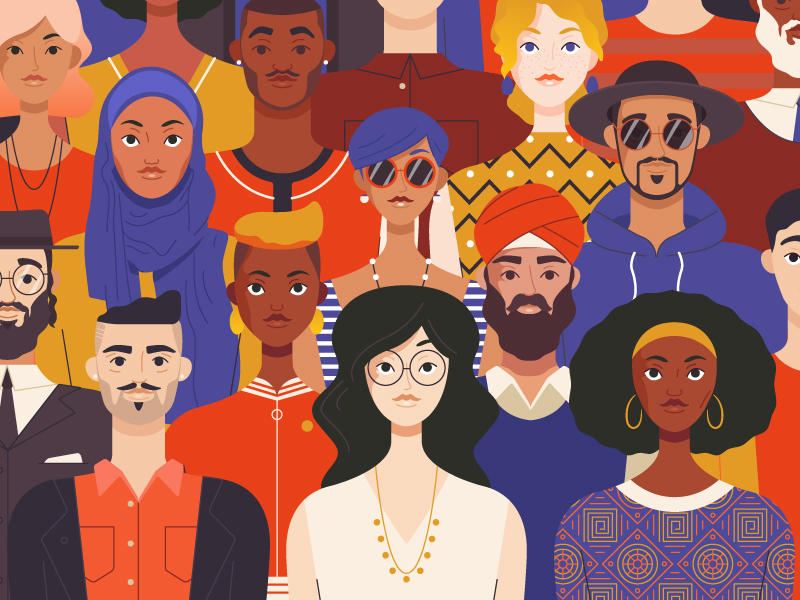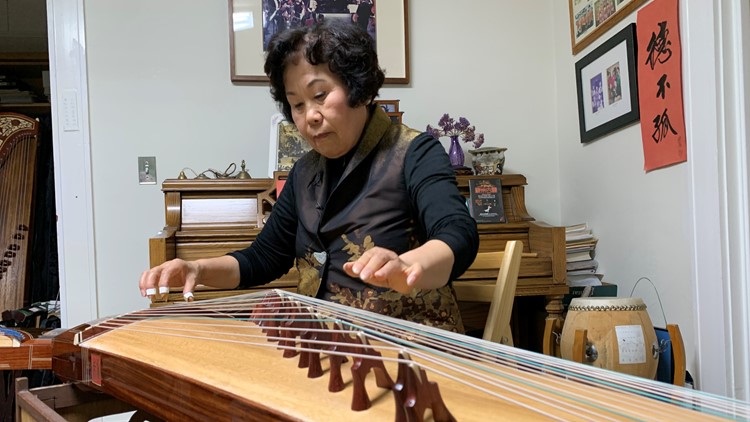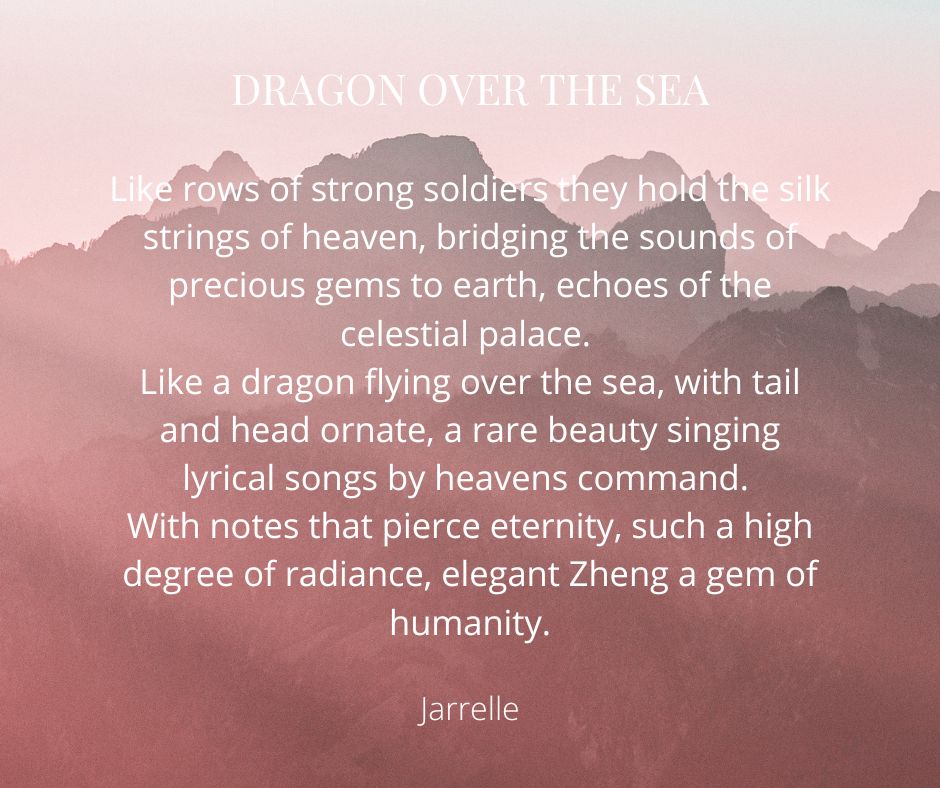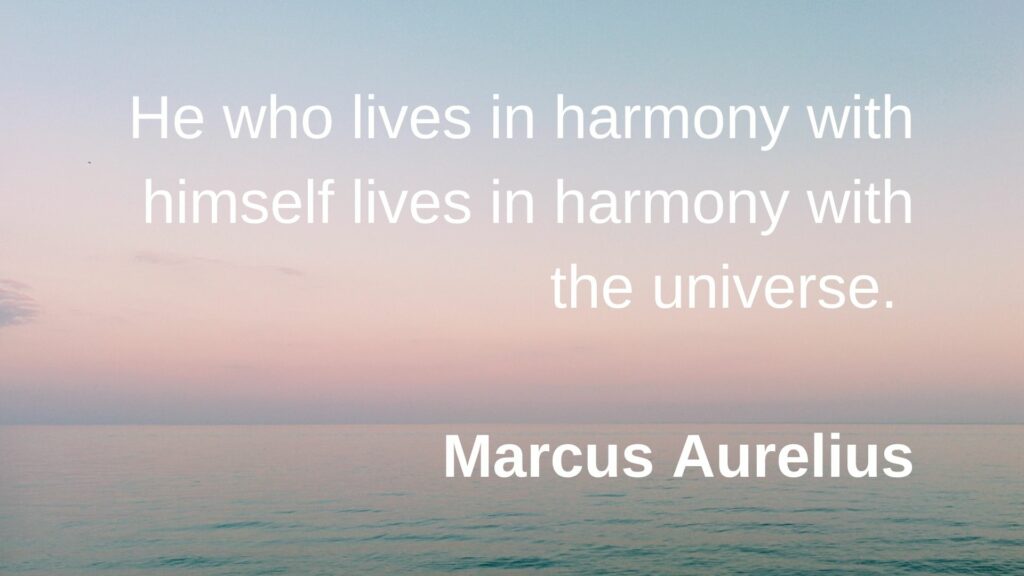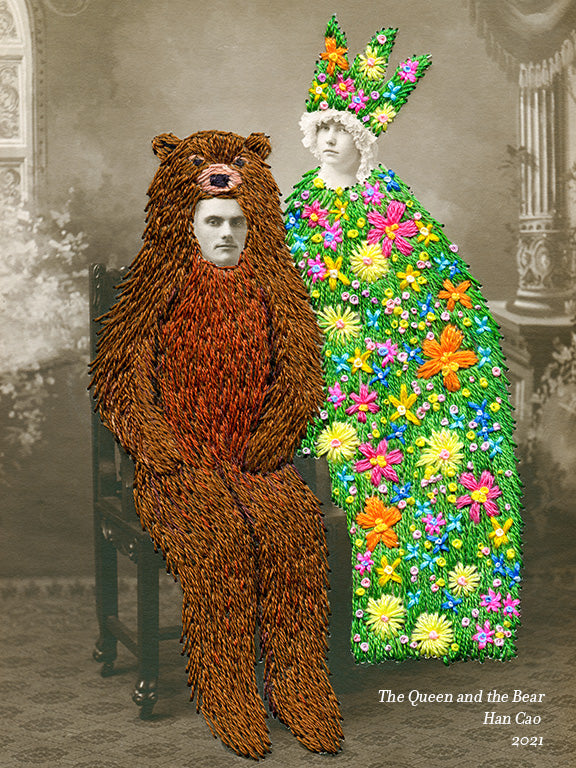Heavenly music is interpreted differently by everyone.
Chinese proverb
Any music student, regardless of skill, will most likely have to learn western music theory. What is music theory?, well, Wikipedia says “Music theory is the study of the practices and possibilities of music.”~ Wikipedia. Across the globe civilizations have been playing some form of music for quite a long time. Music has been a part of human evolution since the start, was it called music at that time? probably not. But, this does not mean that humans did not relax to the sounds of song, instrument, or percussion. Music can be found in every culture, sometimes it takes form in ceremonies, or it may have been enjoyed for leisure, whatever the case we can say for certain that music does exist in all cultures.
As an African American Guzheng performer, instructor and composer I often meet many musicians, some who are quite skilled in their music, and very knowledgeable in music theory. My training on the Guzheng was quite traditional, I did not learn Western music theory (which is forced on every musician today), I learned Chinese music theory. China has a very long musical tradition which has been documented and practiced for thousands of years. For example, the Guzheng 古筝 has existed for around 2500 years, the Guqin or 古琴 around three thousand years old, and the bronze bells 编钟 around 3,600 years old, and the Se or 瑟 of the Zhou dynasty 1045–771 BC. The list of ancient instruments in China is long, and notations for these instruments have been documented. Unlike the Western European music theory which uses a staff and dots to read, the Chinese developed an ancient thousands of years old numeric musical notation called Gong Che or 工尺 which is still used among the very small group of traditional musicians today. With modern westernization, traditional arts are transforming, some traditions are also dying. We must think about the importance of cultural arts, and not allow the modern world to kill what has held nations together, influenced identity, and promoted the respect of nature.
Here are some pictures of traditional Chinese instruments of the past that still exist today:
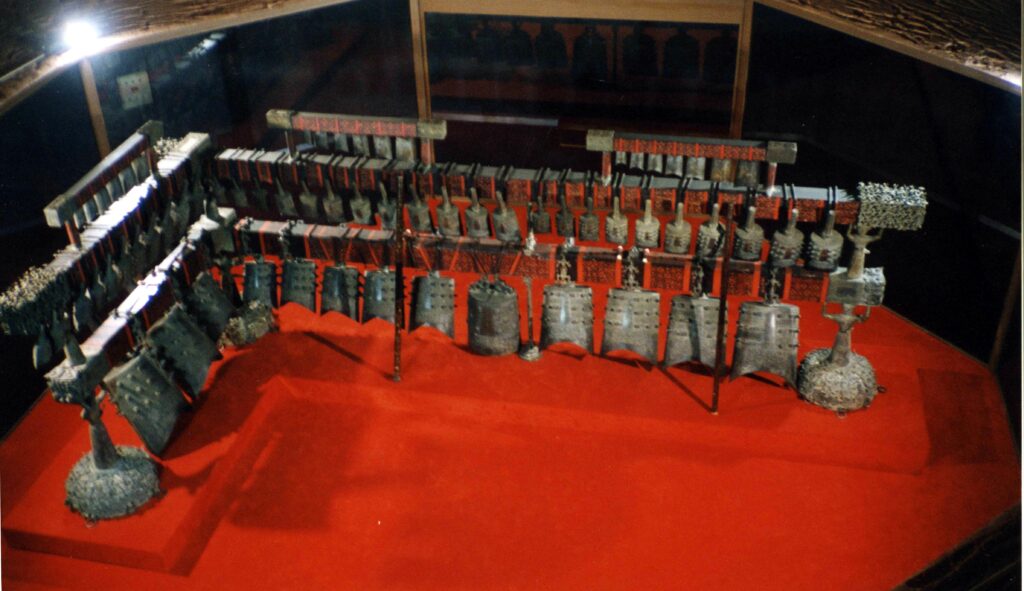
The original uploader was Zzjgbc at Chinese Wikipedia. – Transferred from zh.wikipedia to Commons. From the Tomb of Marquis Yi of Zeng, dated 433 BC, during the interregnum between the Spring and Autumn Period and Warring States Period of ancient China.

The original uploader was CharlieHuang at English Wikipedia. – Transferred from en.wikipedia to Commons by Shizhao using CommonsHelper.”Jiuxiao Huanpei” 《九霄環佩/九霄环佩》, the famous Tang Dynasty qin in the Fuxi form by qin maker Lei Wei. Image from a photograph from a friend in China.

Original photograph by: Christopher Hsia – Cropped from the original photograph: Flickr: Even more Guzhengs (古箏) Guzheng instruments on display.
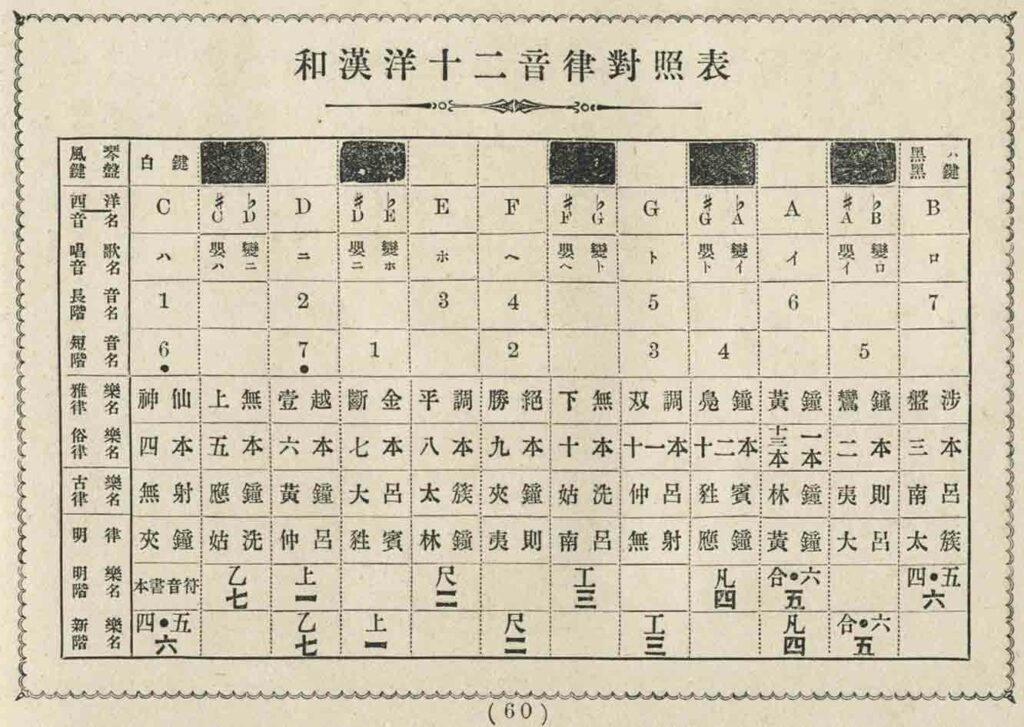
A comparative table of Gongche notation and other notations, from a book published in Kyoto in 1909. In Japan, Gongche notation became widespread to a certain extent.
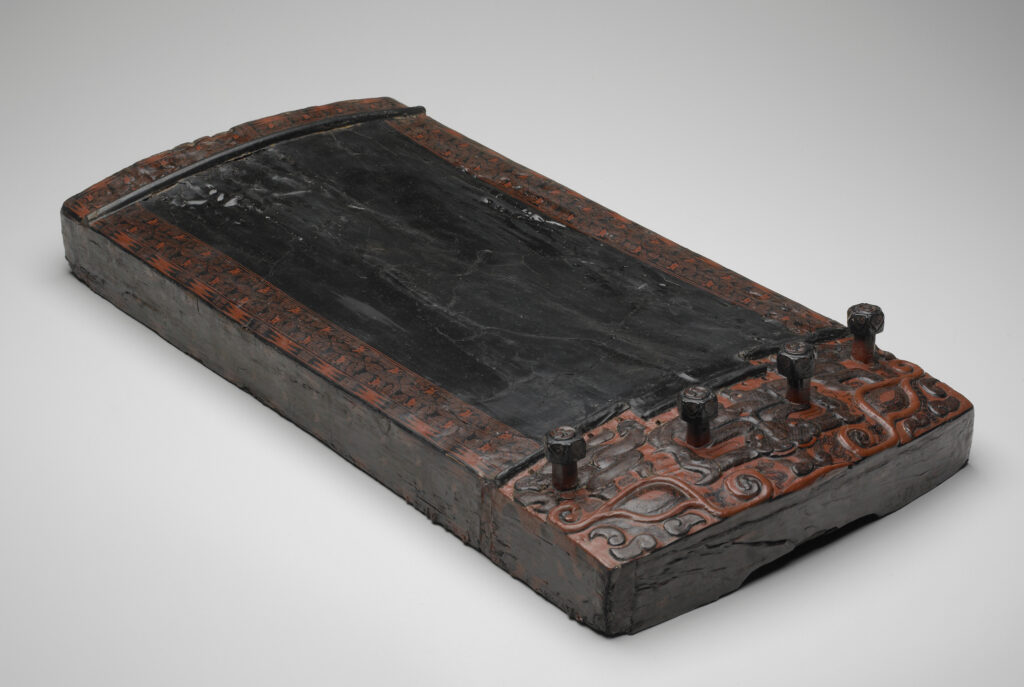
Yale University Art Museum – https://artgallery.yale.edu/collections/objects/92412. A Se (Chinese zither) from the 5th-3rd century BC with four pegs. Red and dark lacquer with carved textures. The strings have decayed.
Many Western European musicians do not consider Chinese music real music, some have even considered Chinese instruments quite easy to learn because of the Wu Yin 五音 or Pentatonic scale consisting of 5 notes. Some of the musicians I spoke to even went as far as saying that Chinese music lacks harmony and so on. These enthusiasts and musicians lack knowledge, and are ignorant to the facts, and ignorant to what it takes to be able to even create a beautiful sound on an instrument. Piano is made easier with keys, but when playing masterfully on an instrument like Er Hu 二胡 (Chinese fiddle), it can take years and years to master the techniques of just 2 strings. The Guzheng 古筝 is also incredibly difficult to master, it can take years to refine the many very complicated techniques on the instrument. If Music theory is the study of practices and possibilities of music, we should also include the practices and possibilities of non European music.
Jarrelle

